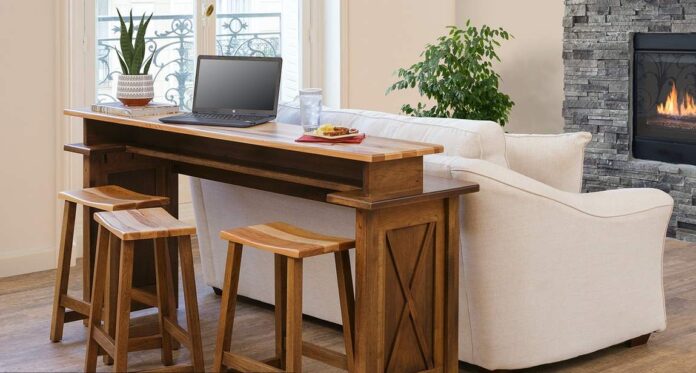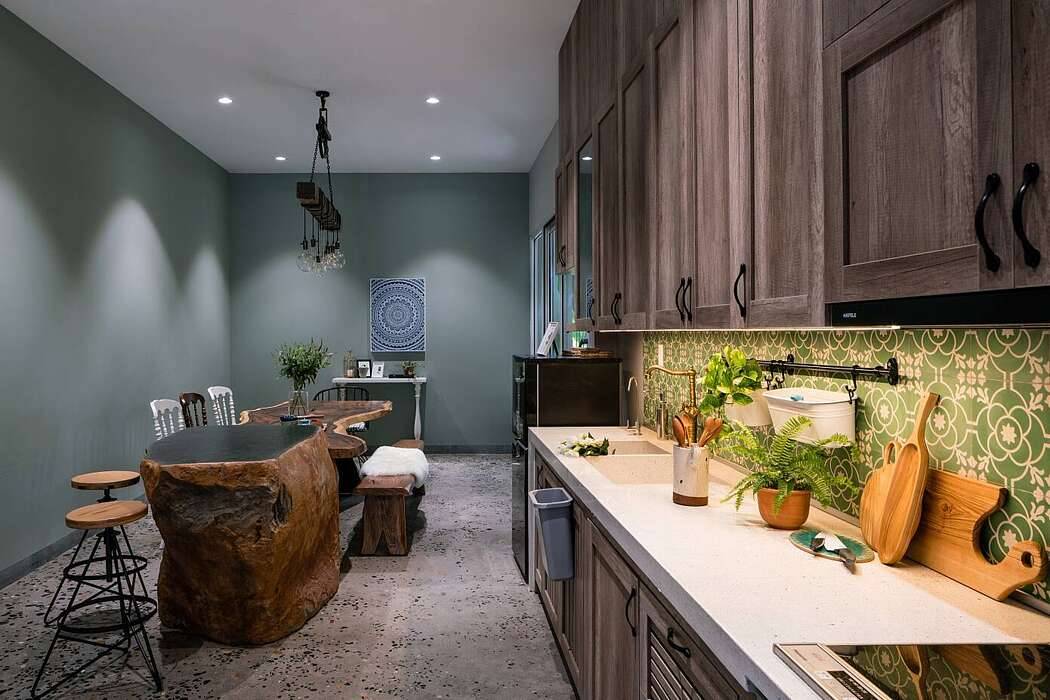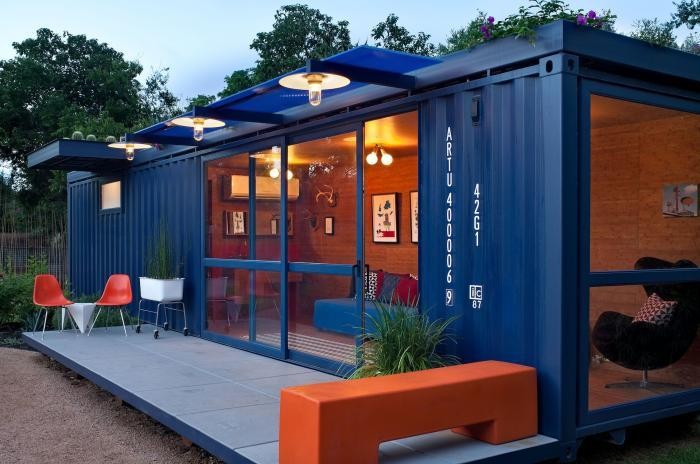After a lengthy period of time spent at home, many of us may have grown a little tired of our décor choices. Certain pieces of furniture may not spark joy anymore, and you might be looking for a change. But it can be difficult to know what to look for, in a market saturated with lower-quality flat pack pieces and derivative works. High-quality furniture shouldn’t break the bank; here’s what you should be looking for in higher-quality furniture choices.
The Importance of Materials
There are numerous factors at play to discern the quality of your furniture by material, but the most important initial factor to answer to is whereabouts your furniture will be. For example, a wooden-framed sofa with suede upholstery would not make for a particularly long-lasting poolside sun-lounger. So, the first thing to ask yourself when buying high quality indoor or outdoor furniture is “what space am I trying to fill?”
Evaluating materials for indoor furniture is a fairly straightforward process; the only stressors the materials will experience are weight and friction. Sofa cushions made from cheaper fabrics will wear quicker, leaving unsightly marks and even developing holes – while stronger leathers will weather beautifully over time and with care, as well as outlasting most synthetic fibres. Frames can be made from most materials without much concern, though certain cheaper plastics and metals may bend and give over time.
Materials for outdoor furniture have a lot more to contend with than indoor furniture. The elements each have their own destructive properties, and the materials that make up your outside patio furniture need to reflect considerations made by their manufacturers in that vein. For example, rain and humidity bring the possibility of warping in looser-grained and untreated wood, contorting frames out of shape over time. The presence of water can also promote the growth of microorganisms, causing any breathable or water-retentive fabrics to harbour harmful mould. To this end, outdoor furniture needs to comprise of durable, waterproof materials that can with stand the stresses of temperature change – this is why most patio furniture is constructed from dense woods, plastics or treated metals, with cushions made from the same waterproof weaves.
Another consideration to make with regard to materials is their cost to the environment. Granted, this might be more of a personal taste decision, but high-quality materials with an ecological benefit can be a real selling point for furniture.
The Importance of Manufacture Quality
The quality and durability of a piece of furniture’s material is not the sole factor to consider when looking for quality; the way in which the piece has been manufactured is also key – and in some cases, can work with the advantages of cheaper materials and subvert expectations entirely.
For upholstered furniture such as sofas, be sure to look underneath, and look for gaps in the dipryl cover beneath. If you find evidence of staples holding the sofa’s frame together, avoid the brand. Likewise for drawers, cupboards and wardrobes – wooden frames and bodies should be screwed together at the very least – but a sure-fire sign of craftsmanship is evidence of wood joinery. Dovetail joints for drawers, or durable mortise-and-tenon joints for sofa frames, are a good sign, and indicate attention to detail.
If a furniture’s base involves metal framework, look for instances of rust or corrosion along welded joints. Welds should also be smooth and shiny, with uniform width across. Weak welds will shorten the life of your piece.



















